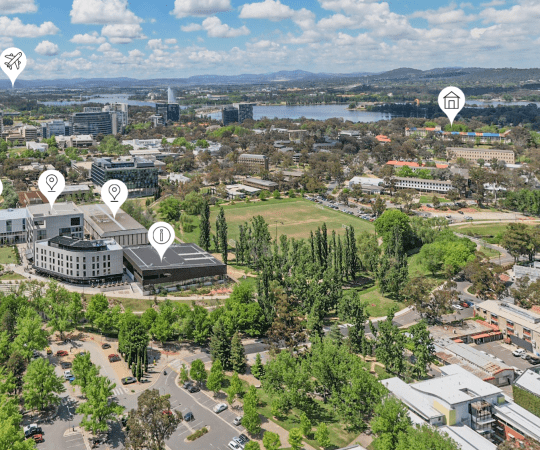
Coffee and potato rosti with a poached egg – it was lovely. Sitting back in the local café to watch the world go by brought a sense contentment.
But only for a fleeting moment! There was a nagging feeling at the back of my mind.
It was the fact that the café opposite was empty. It had been the place to go for years but suddenly it had been abandoned. Staff were standing around wondering what to do.
The once popular offerings of the old café suddenly looked second-rate and the experience seemed outdated. Details (that were probably viewed as ‘trivial’) like the décor, signage and the menu design appeared to reflect the gloomy situation. The ambience appeared flat and the brand looked fatigued.
Such is the power of a brand experience the offer of a slightly different one across the way had very easily poached the once reliable customer-base of the old café.
So how long will it be before the same thing happens to this new café? Is their brand flexible enough to cater for different target audiences?
College brands are somewhat similar. Most are selling the same thing but the more successful ones are able to maneuver themselves quickly if they suddenly have to ‘speak’ to a different type of target audience.
That is because it’s been purposefully built as a versatile entity. The brand has been developed with adaptability in mind.
If your nearest competitor suddenly re-branded, how would your college match up? Would you feel confident that your brand was robust enough to ride the storm or would there be a genuine fear you could be muscled out of the marketplace by something (seemingly) bigger and better?
If you suspect the threat is real, is it significant or just a flash in the pan?
Take a pragmatic approach and analyse if your brand is still connecting to its target audience. If not, why not?
Are your touchpoints aligned correctly? Is your messaging still relevant? Are you still true to your mission statement? What is your nearest competitor doing that you are not?
Seek expert advice. Ask the tough questions to find the answers you need.
If a rebrand is required find a design agency that will give you a solution that is robust, flexible and relevant.
Don’t be tempted to get a quick fix that will just paper over the cracks
.
Simply throwing a ton of money at the ‘supposed’ problem isn’t the answer either – you might risk changing the one thing that your students still relate to, which would be a disaster.
Take a prudent and rational approach. Focus on outcomes you can control. Don’t wholly rely on having great college facilities, lower student fees or trending popularity – those qualities can always be superseded in an instant by your competitor down the road.
It’s essential to have a flexible brand so it can cater for any sudden movement in the business landscape.
Clearly, the deserted café owner hadn’t thought about this (or believed they were immune).
Was there any change in the café’s circumstances a few weeks later? Only slightly, some customers were milling around the cake counter but they didn’t look convinced.
The café was in desperate need of help – it just couldn’t compete with the new café, something had to change.
Remaining unchanged didn’t appear to be a viable option.
The situation emphasised that static brands have a limited shelf life because they can’t communicate (or compete) on different levels. Flexible brands are more likely to have a protracted lifespan because all bases are covered.
Breakfast that morning had indeed turned out to be the most important meal of the day!








Submit a Comment